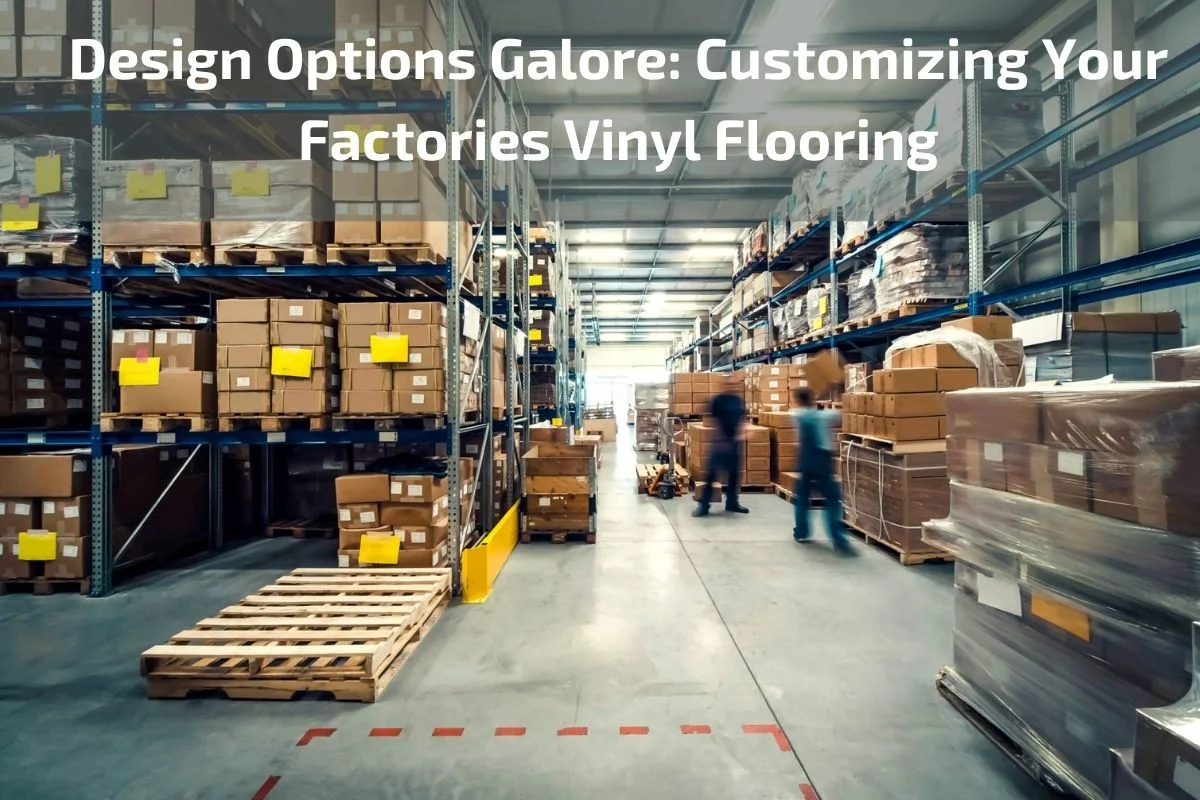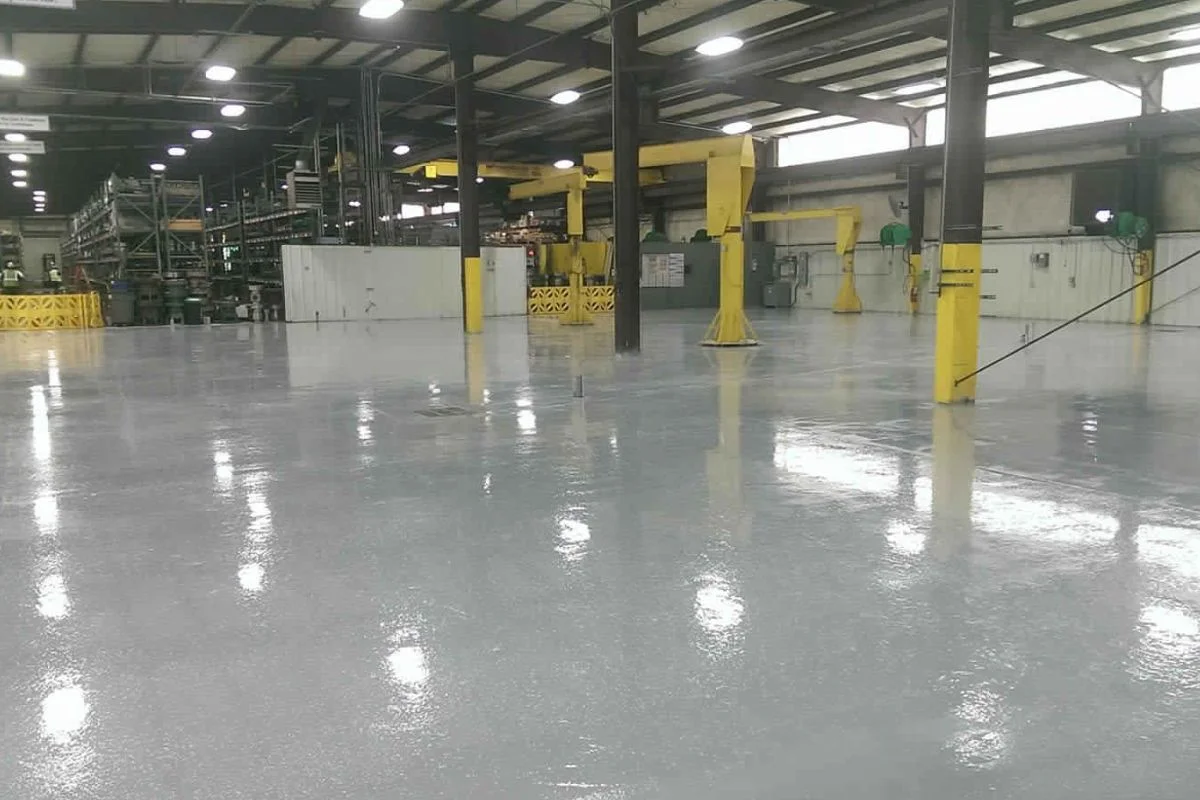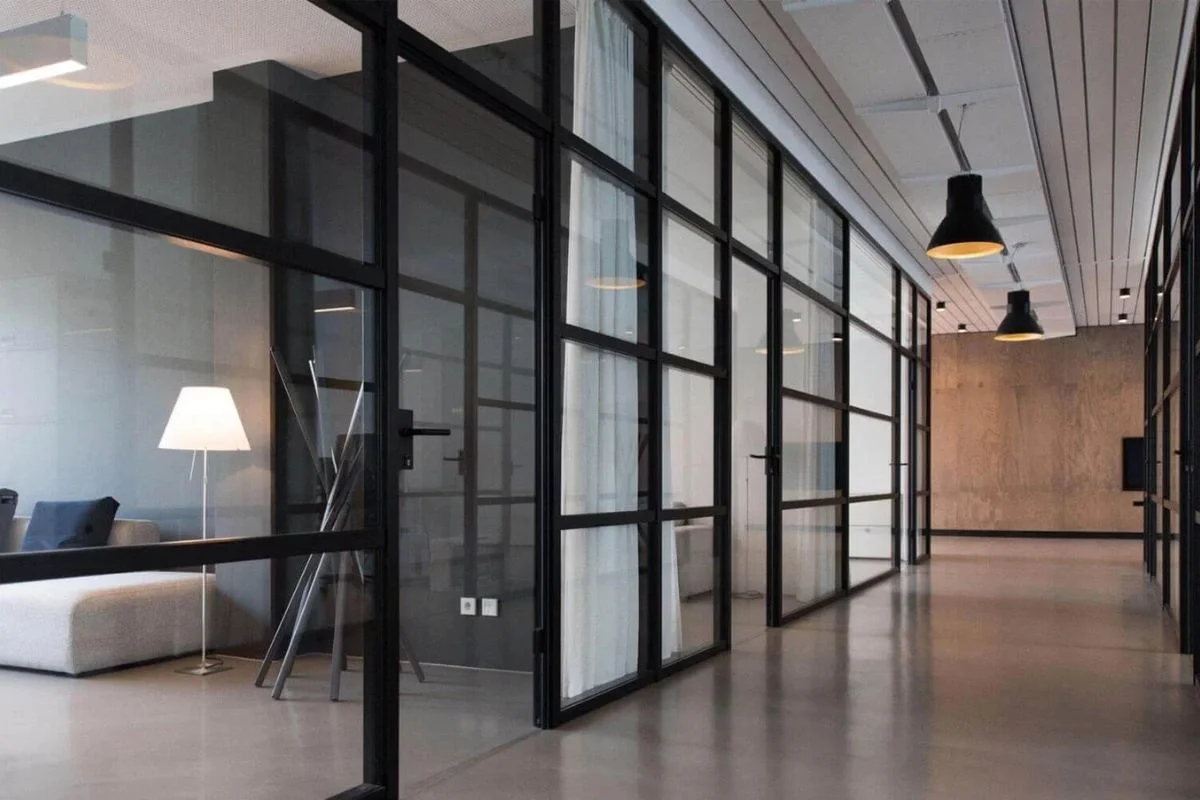
Design Options Galore: Customizing Your Factories Vinyl Flooring
In the world of interior design, flooring plays a pivotal role in setting the tone and ambiance of a space. Gone are the days when homeowners had limited choices for flooring materials. Today, the market offers a plethora of options, each boasting unique characteristics and aesthetics. Among these, factories vinyl flooring stands out as a versatile and customizable choice that allows homeowners to unleash their creativity and personalize their living spaces like never before.
When it comes to flooring, one size certainly does not fit all. From sleek and modern to rustic and traditional, the design preferences of individuals vary widely. Fortunately, factories vinyl flooring embraces this diversity by offering an extensive array of design options, ensuring that there’s something to suit every taste and style. Whether you’re aiming for a contemporary urban look or a cozy farmhouse feel, factories vinyl flooring provides the flexibility to bring your vision to life.
Brief overview of factories vinyl flooring
Factories vinyl flooring, a modern flooring solution, has gained immense popularity in recent years due to its durability, versatility, and aesthetic appeal. It is a type of resilient flooring that is manufactured using vinyl materials, making it highly resilient to wear and tear, moisture, and heavy foot traffic. Unlike traditional vinyl flooring, factories vinyl flooring is produced in specialized facilities or factories, where advanced manufacturing processes ensure high-quality and consistent results.
This flooring option comes in various forms, including luxury vinyl tile (LVT) and vinyl plank flooring, each offering unique benefits and design possibilities. Factories vinyl flooring is renowned for its ability to mimic the look and texture of natural materials such as hardwood, stone, and ceramic tiles, providing homeowners and designers with a wide range of design options to suit any interior style.
One of the key advantages of factories vinyl flooring is its ease of installation and maintenance. With advancements in technology, installation methods have become more efficient, allowing for quicker and hassle-free installation processes. Additionally, factories vinyl flooring requires minimal maintenance, making it an ideal choice for busy households and commercial spaces.
In summary, factories vinyl flooring represents a modern, durable, and versatile flooring solution that continues to revolutionize the world of interior design. Its popularity is attributed to its ability to combine aesthetic appeal with practicality, offering homeowners and designers endless possibilities for creating beautiful and functional spaces.
Definition and composition of Factories Vinyl Flooring
Factories vinyl flooring, also known as luxury vinyl flooring or LVT (Luxury Vinyl Tile), is a type of resilient flooring that is manufactured in specialized facilities or factories using vinyl materials. It is composed of several layers, each serving a specific purpose to enhance durability, performance, and aesthetics.
- Wear Layer: The topmost layer of factories vinyl flooring is the wear layer, which provides protection against scratches, stains, and daily wear and tear. It is typically made of clear PVC (polyvinyl chloride) and features a urethane or aluminum oxide coating for added durability.
- Decorative Layer: Beneath the wear layer lies the decorative layer, which is where the visual appeal of factories vinyl flooring comes to life. This layer consists of high-resolution digital images or patterns that mimic the look and texture of natural materials such as hardwood, stone, or ceramic tiles. Advanced printing technologies allow for precise replication of intricate details and textures, creating a realistic and visually appealing finish.
- Core Layer: The core layer of factories vinyl flooring provides structural stability and dimensional strength. It is usually made of PVC or composite materials and may contain additional components such as limestone for added rigidity and stability.
- Backing Layer: The bottommost layer of factories vinyl flooring is the backing layer, which serves as a foundation and provides support for the entire flooring structure. It is often made of PVC or fiberglass and helps to maintain the shape and integrity of the flooring panels.
Overall, the composition of factories vinyl flooring is engineered to withstand the rigors of daily use while offering exceptional performance, durability, and aesthetic appeal. Its layered construction and high-quality materials make it an ideal choice for residential and commercial applications where both style and functionality are paramount.
Advantages and Disadvantages of Factories Vinyl Flooring
Advantages of Factories Vinyl Flooring:
- Durability: Factories vinyl flooring is highly durable and resilient, making it suitable for high-traffic areas in both residential and commercial spaces. It can withstand scratches, dents, and stains better than many other flooring materials.
- Water Resistance: Most factories vinyl flooring options are water-resistant or waterproof, making them ideal for use in moisture-prone areas such as kitchens, bathrooms, and basements.
- Easy Maintenance: Factories vinyl flooring is easy to clean and maintain. Regular sweeping and occasional mopping are usually all that’s required to keep it looking like new.
- Versatility in Design: Factories vinyl flooring comes in a wide range of styles, colors, and patterns, allowing homeowners and designers to achieve virtually any look or aesthetic they desire. It can mimic the appearance of natural materials like hardwood, stone, and tile at a fraction of the cost.
- Comfort: Many factories vinyl flooring options offer underlayment or cushioning layers that provide added comfort underfoot, making it a comfortable flooring option for long periods of standing or walking.
Disadvantages of Factories Vinyl Flooring:
- Susceptibility to Damage from Sharp Objects: While factories vinyl flooring is durable, it can still be susceptible to damage from sharp objects such as heavy furniture or dropped knives. Care should be taken to avoid dragging or dropping sharp items onto the flooring surface.
- Not Biodegradable: Vinyl flooring is not biodegradable and can contribute to environmental pollution if not properly disposed of at the end of its life cycle. However, some manufacturers offer recycling programs for used vinyl flooring to mitigate this issue.
- Susceptibility to Fading: Factories vinyl flooring may be prone to fading over time when exposed to direct sunlight, especially in areas with large windows or doors. Using window treatments or UV-resistant coatings can help mitigate this issue.
- Off-Gassing: Some factories vinyl flooring products may emit volatile organic compounds (VOCs) during installation and for a period afterward. Proper ventilation and choosing low-VOC or phthalate-free options can help reduce indoor air pollution.
Different installation methods of Factories Vinyl Flooring
Factories vinyl flooring offers various installation methods, each suited to different preferences, requirements, and subfloor conditions. Here are some of the most common installation methods for factories vinyl flooring:
Glue-Down Installation:
- In this method, the factories vinyl flooring is adhered directly to the subfloor using a special adhesive.
- The adhesive is spread evenly over the subfloor using a trowel, and the vinyl planks or tiles are pressed firmly into place.
- This installation method provides a stable and secure bond, making it suitable for both residential and commercial applications.
- It is essential to ensure that the subfloor is clean, dry, and level before beginning the installation process.
Floating Installation:
- Floating installation involves laying the factories vinyl flooring over the subfloor without the use of adhesive.
- The individual planks or tiles are joined together using a click-and-lock or tongue-and-groove system, creating a floating floor that rests on top of the subfloor.
- Underlayment may be used to provide additional cushioning and sound insulation.
- Floating installation is a popular choice for DIY enthusiasts because it is relatively easy and requires minimal tools and expertise.
- It is important to leave expansion gaps around the perimeter of the room to allow for natural movement and fluctuations in temperature and humidity.
Loose Lay Installation:
- In this method, the factories vinyl flooring is laid loosely over the subfloor without any adhesive or locking mechanism.
- The weight of the flooring material and friction between the planks or tiles keep them in place.
- Loose lay installation is quick and easy, allowing for rapid installation and removal without damaging the subfloor.
- It is suitable for temporary or semi-permanent installations and can be used in both residential and commercial settings.
- However, proper subfloor preparation is still necessary to ensure a flat and even surface.
Peel-and-Stick Installation:
- Peel-and-stick factories vinyl flooring features a self-adhesive backing that allows the planks or tiles to be easily adhered to the subfloor.
- The backing is protected by a removable film that is peeled off during installation to expose the adhesive.
- Peel-and-stick installation is simple and straightforward, making it a popular choice for DIY projects and small-scale renovations.
- However, it is essential to ensure that the subfloor is clean, dry, and free of debris to achieve a strong and lasting bond.
Maintenance Tip for Factories Vinyl Flooring
Regular cleaning and maintenance are essential to keep factories vinyl flooring looking its best and prolong its lifespan. Here’s a valuable maintenance tip for factories vinyl flooring:
Use a Soft Bristle Broom or Vacuum with a Soft Brush Attachment:
- Regularly sweep or vacuum factories vinyl flooring using a soft bristle broom or a vacuum cleaner equipped with a soft brush attachment.
- This helps remove loose dirt, dust, and debris that can scratch or dull the surface of the flooring.
- Avoid using stiff-bristled brooms or vacuum attachments with rotating brushes, as they can cause damage to the vinyl surface.
- Vacuuming or sweeping at least once a week, or more frequently in high-traffic areas, can help prevent dirt buildup and maintain the flooring’s appearance.
In addition to regular sweeping or vacuuming, it’s also important to promptly clean up spills and stains to prevent them from becoming stubborn and difficult to remove. Use a damp microfiber mop or cloth to wipe away spills and stains, and avoid using abrasive cleaners or harsh chemicals that can damage the vinyl surface.
By following this maintenance tip and incorporating regular cleaning into your routine, you can keep your factories vinyl flooring looking beautiful and well-maintained for years to come
conclusion
In conclusion, factories vinyl flooring emerges as a versatile, durable, and aesthetically pleasing flooring option that continues to gain popularity in both residential and commercial settings. Throughout this exploration, we’ve uncovered the myriad benefits and advantages that factories vinyl flooring offers, from its durability and water resistance to its ease of maintenance and versatility in design




0 comments